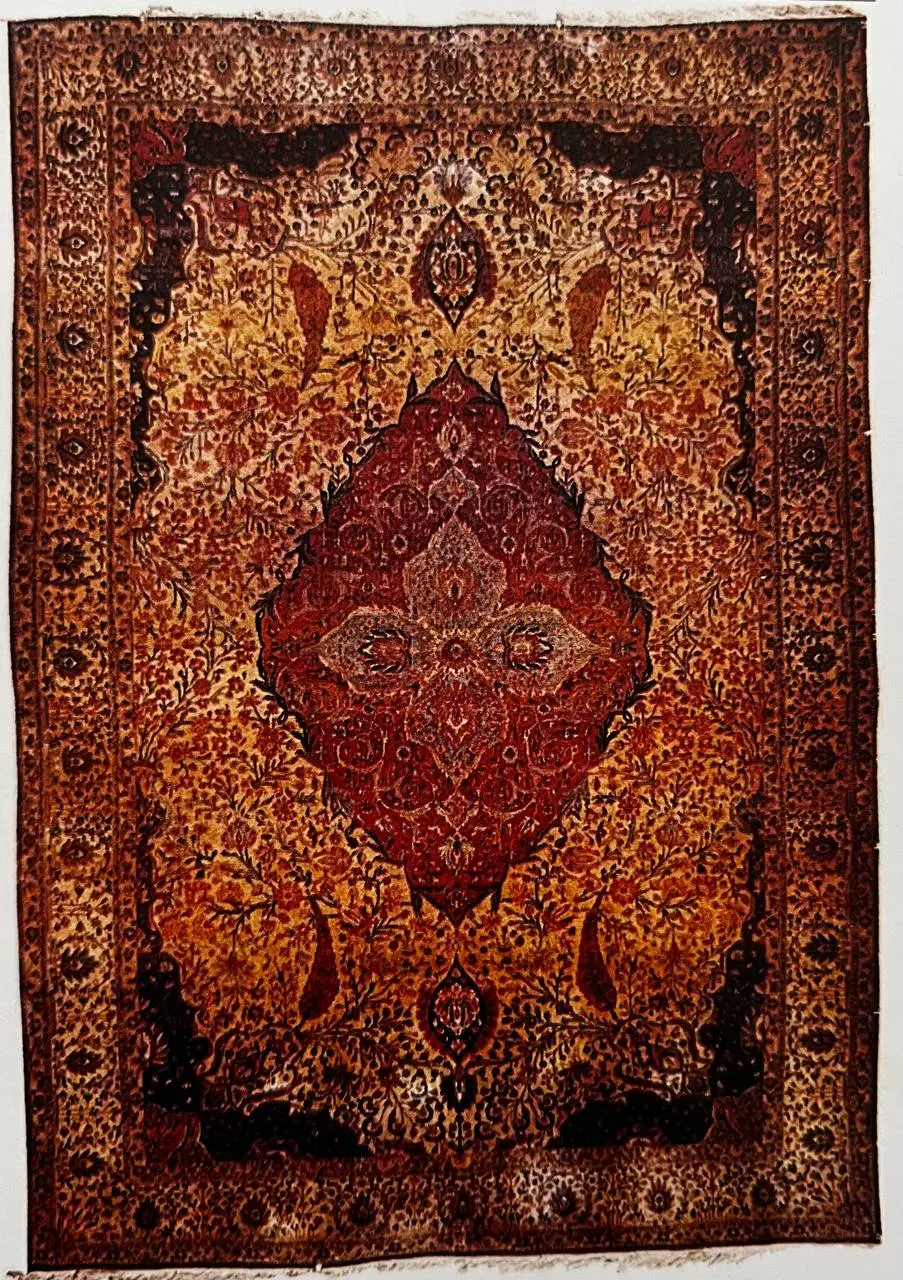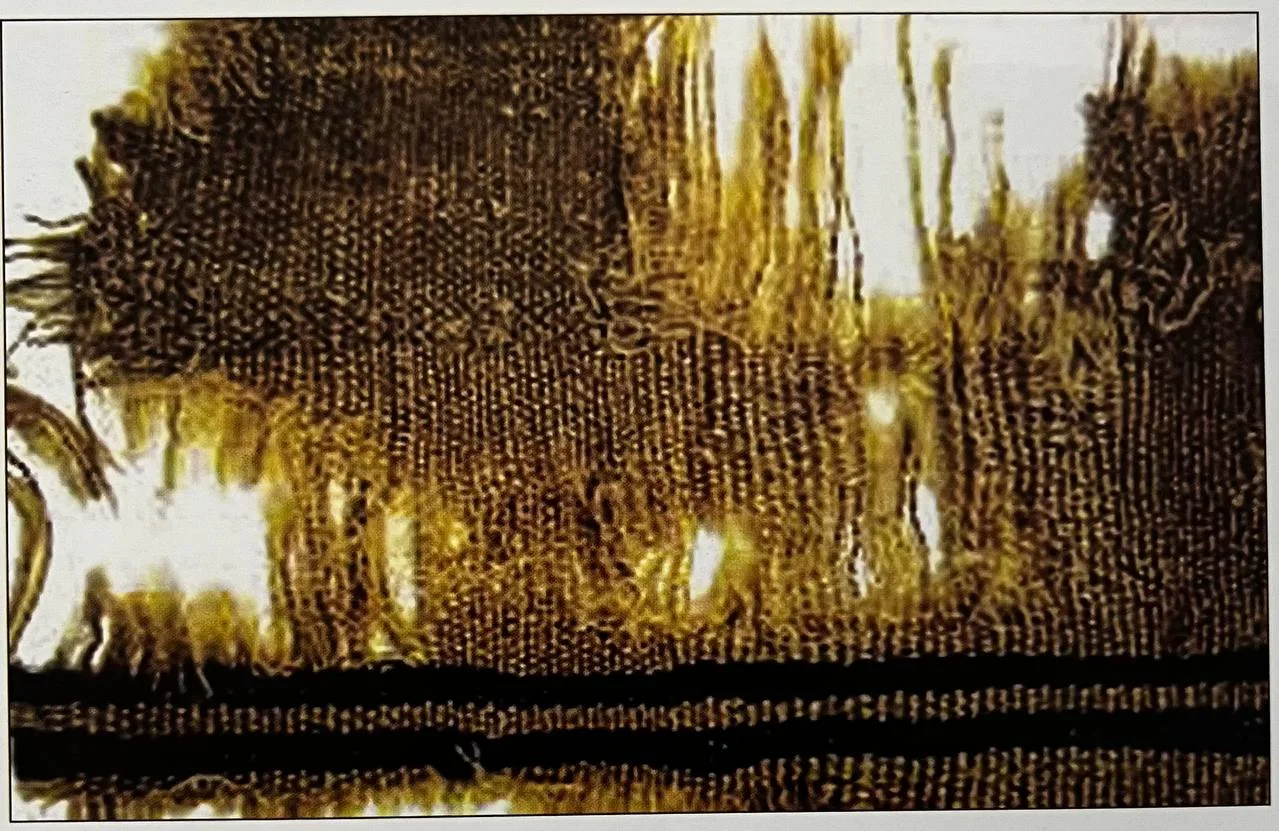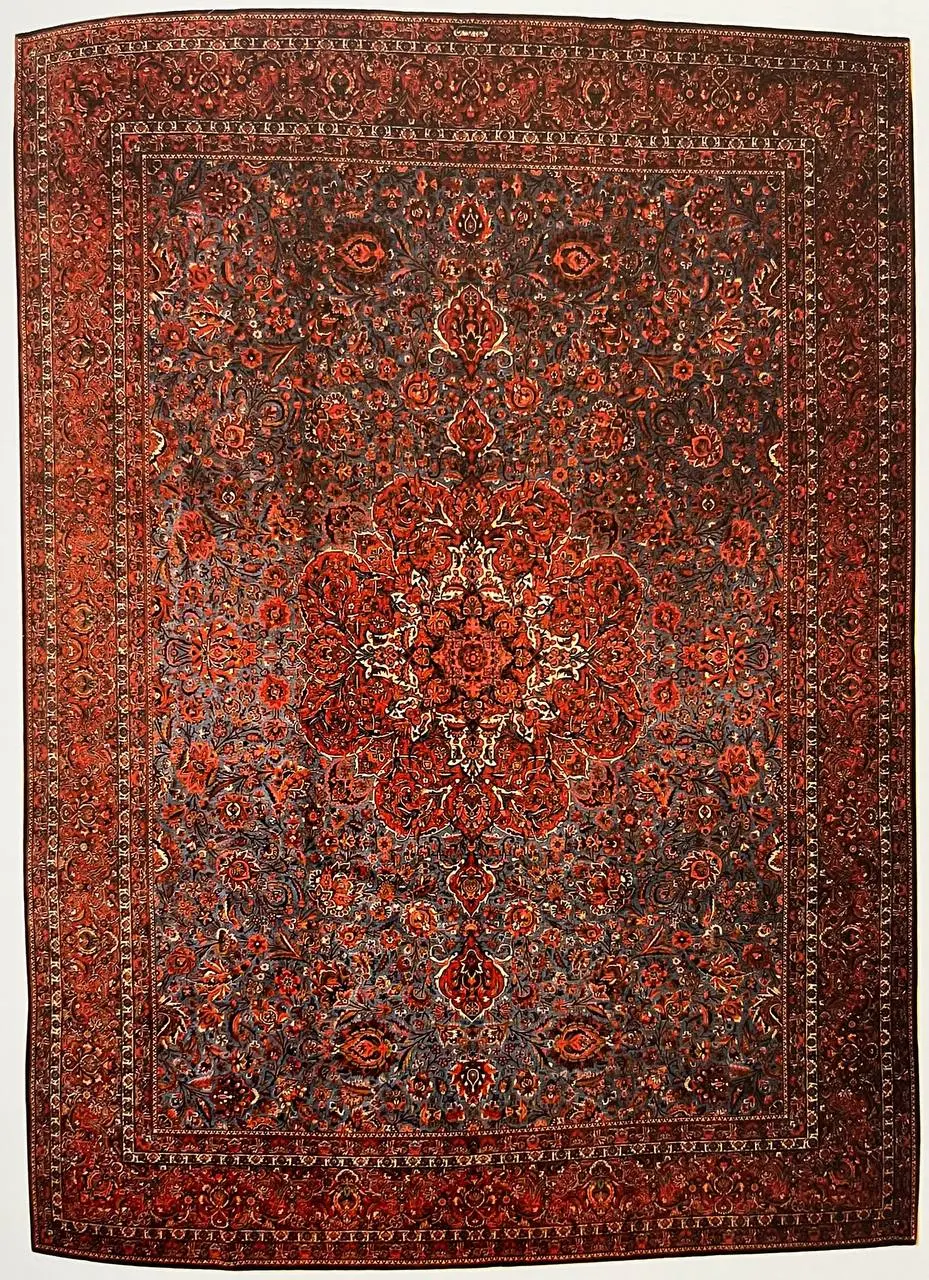History of Iranian carpets
The Kashan carpet belongs in the extensive collection of Iranian Persian rugs, at least up until the times when there are no records of its history or indications of its existence. The history of Iranian carpets as a whole should also include the carpet’s early years. History of Iranian carpets
However, Kashan holds a unique position due to its history as one of the first human habitation sites and the discovery of artifacts and samples that point to the existence of a creative spirit.

Siros Parham said in his book “Handwoven Nomadic Villages of Fars” that the history of carpet weaving dates back to the Bronze Age, making it not much older than the history of pottery. Wool rots in soil and moisture because it is perishable. History of Iranian carpets
*Click on the opposite link to see precious Iranian handmade and machine combined silk carpets*
Carpet burials have never been successfully found during archaeological digs. The hand-woven rugs from long ago are quite rare. History of Iranian carpets
Parham notes that “some carpet designs date back to the dawn of history” in the same book.
The writer’s secretary, secretary, and minister during the Ghaznavid era, Nasrullah Abul Ma’ali, reiterates in his speech that “the continuity and sequence of this role of the sources is connected with the development of the era.”
He continues, “Many archaeologists have determined that Iranian fabrics and carpets’ motifs and patterns had an influence on Iranian ceramic designs in the third millennium BC, which corresponded with the Uruk period of Sumerian civilization. Apart from that, the history of carpet weaving in Iran The most well-documented example of a carpet that many historians agree belongs to the Achaemenids, or at least to their texture in the field of Achaemenid culture, is probably the fact that Hamer Xenophon Herodotus and other ancient historians have mentioned the existence of beautiful and exquisite carpets in Iranian palaces. It’s a Pazyrik carpet. History of Iranian carpets
1.Persian carpet in the historical period
In regard to the history of the carpet, although samples and finds are sometimes cited which are assigned to the persian Handmade carpet with speculation, but the Pazyrik carpet is the earliest find with the features of a woven carpet with patterns and colors This carpet is regarded as the ideal representation of an Iranian carpet because of its clear face, which displays Iranian symbols and mythology. The world’s oldest carpet is the Pazyrik carpet. History of Iranian carpets

This carpet was discovered in the year (1328 AH, 1949 AD) by Sergei Rodenko, a Russian archeologist, in the Pazyryk valley, together with other antique relics, in the frozen burial of one of the Scythian monarchs. Radioactive testing has revealed that the burials in Pazyryk Valley, a small valley in the north of the Altai Mountains (in the south of Central Siberia and 79 km from the Mongolian border), date to the fifth and fourth centuries BC.
The Pazyrik carpet dates back two millennia, and is called for the location where it was found. Pazyrik is a brightly colored wool Silk rug. This rug is nearly square in shape. It has 3600 knots per square meter and measures 1.89 by 1.89 meters. The two borders of the Pazyrik carpet are a row of horse-riding riders on the first border and grazing deer on the second. Other motifs that are seen in the margins include grazing deer and legendary creatures that resemble lions with an eagle’s head. Red, green, and blue are the colors utilized in this carpet, which has a flowery border. History of Iranian carpets
According to James Opie, Sergei Rodenko saw a resemblance between the patterns in the Pazyrik carpet and the reliefs at Persepolis after studying the composition of the carpet and its paintings. The majority of academics believe that Parthians or Madhs weaved this carpet. On the other hand, several theories regarding the carpet’s actual history have been put up. Numerous clues, such as the kind of carpet knots and a row of four-pointed stars carved in the carpet’s center—which is also seen on artifacts found in Lorestan—point to the inhabitants of Lore as the source of the carpet’s texture and pattern.
This is the claim. Considering the remoteness and cold climate of the region, it may not be considered a place for a nomadic cemetery, but the Altai chain is not far from the vast and treeless plains of northern China. This land has been the home of nomadic tribes. Indo-European peoples have been the primary population and inhabitants of the tribes of these plains. But in the first millennium BC, little by little Turkish tribes settled in this area.

An significant development in the history of knotted Persian carpet designs is the Pazirik carpet weaver. The assortment of carpet embellishments gave rise to the widest range of hypotheses on its origin and texture. The Pazyryk carpet, which has been exhibited in the Hermitage Museum in Leningrad since 1949, compares in beauty with the gold and metals of Central Asia. History of Iranian carpets
The artifacts from the third and fourth century BC that have been found, particularly the frozen tombs containing the heads of the desert tribes in Pazyrik, bear the influence of Achaemenid art.
The distinct relationship between the carpet themes and Assyrian and Persian iconography appears to be more prevalent than it is in the steppe societies of Eastern Europe and Asia. brings to mind the famous sculptures of Persepolis.

Referring to Yan Bent’s article, Sirus Perham wrote in his book “Handwoven Rural Handicrafts of Fars Nomads” that “Some Western artists continued to insist on the Turkish origin of Persian rug weaving under the pretext of lack of evidence And undeniable scientific reasons,” even after scientific and historical research proved the lack of Turkish elements in the civilization of the first inhabitants of Central Asia.”
Now that, thanks to archeological researches in Iran and the Soviet Union, undeniable evidence has been obtained in large numbers, it is certain that in the late Bronze Age – around three One thousand four hundred years ago, in the Turkmen Sahara, Gonbad plain, Damghan and other areas of North Khorasan and the slopes of the Alborz mountains and Soviet (current) Turkmenistan, the weaving of carpets with a woven knot was quite common.

